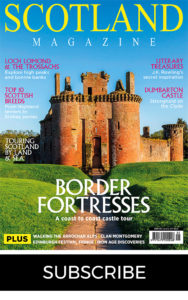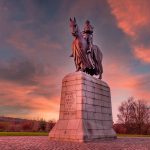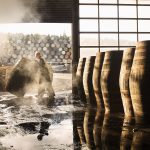MORE FROM SCOTLAND MAGAZINE
Stirling: City of heroes
Celebrating its 900th anniversary as a royal burgh this year, we look back at Stirling’s turbulent history
Words by Sally Coffey
The history of Stirling
‘He who holds Stirling, holds Scotland’, so the maxim goes. A quote that should be attributed to a historic figure, or a pithy statement made by a historian that has caught on? Who knows? What we do know, is that one must only look at the number of battles that took place on and around the city’s soil in the medieval era to see how true this statement once was.
Stirling has been a royal residence since at least the reign of Alexander I, who was known to have dedicated a chapel within the castle grounds in 1110, and in 1124, King David I made it a royal burgh, firmly underlining its significance as a royal centre.
Though medieval Scotland’s royal centres swapped between Stirling, Dunfermline, Falkland, and Inverness often from the 12th century through to the Union of the Crowns with England in 1603, almost every Scottish king or queen had some association with Stirling and its castle, whether they lived there, died there, or were crowned there.
A large part of Stirling’s appeal lay in its location and topography. Situated by one of the lowest (and therefore safest) points of crossing the River Forth, it acted as a gateway to the Highlands, and so it was fiercely guarded.
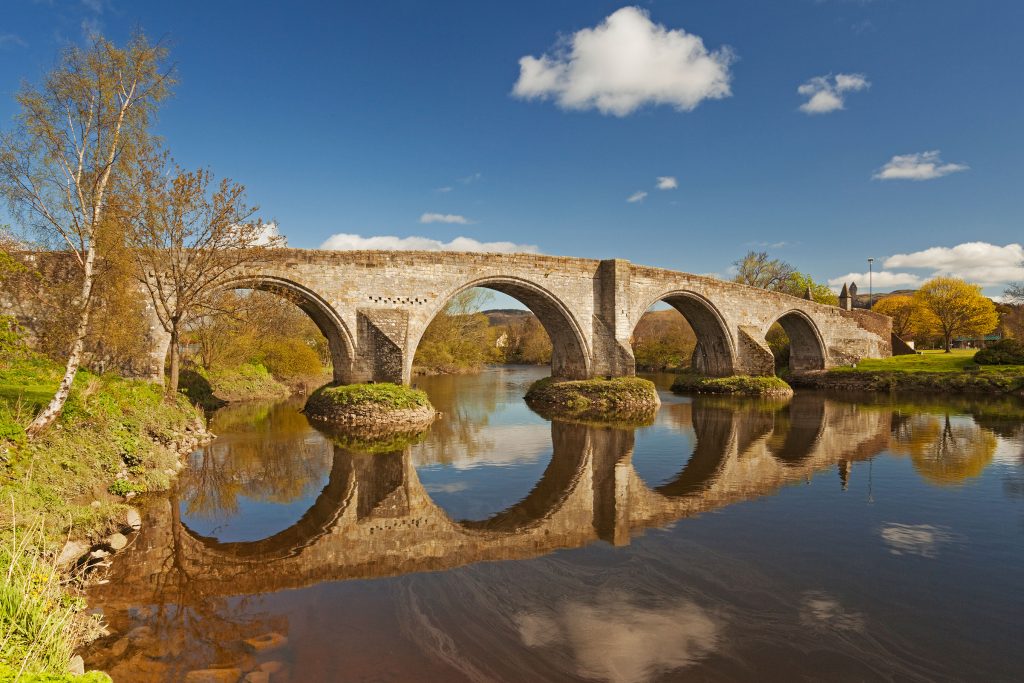
The castle, perched on a rocky outcrop with cliffs on three sides, ensured a close eye could be kept on would-be invaders, but it did little to deter the English enemy, and the Scots were not always successful at guarding it, with the castle passing back and forth between Scottish and English hands countless times between the 12th and 14th centuries.
However, on one very famous occasion, the Scots were unexpectedly successful in fending off their foes.
In 1297 during the First Scottish War of Independence, King Edward I sent his troops to Stirling to claim it, spurring William Wallace and his compatriot Andrew Moray into action, vowing to protect it at all costs. In Moray’s case, the cost was his life as he died from injuries sustained at the Battle of Stirling Bridge shortly afterwards. Nevertheless, protect it they did, despite being hugely outnumbered, and for his part in the surprise victory, William Wallace was hailed a hero.
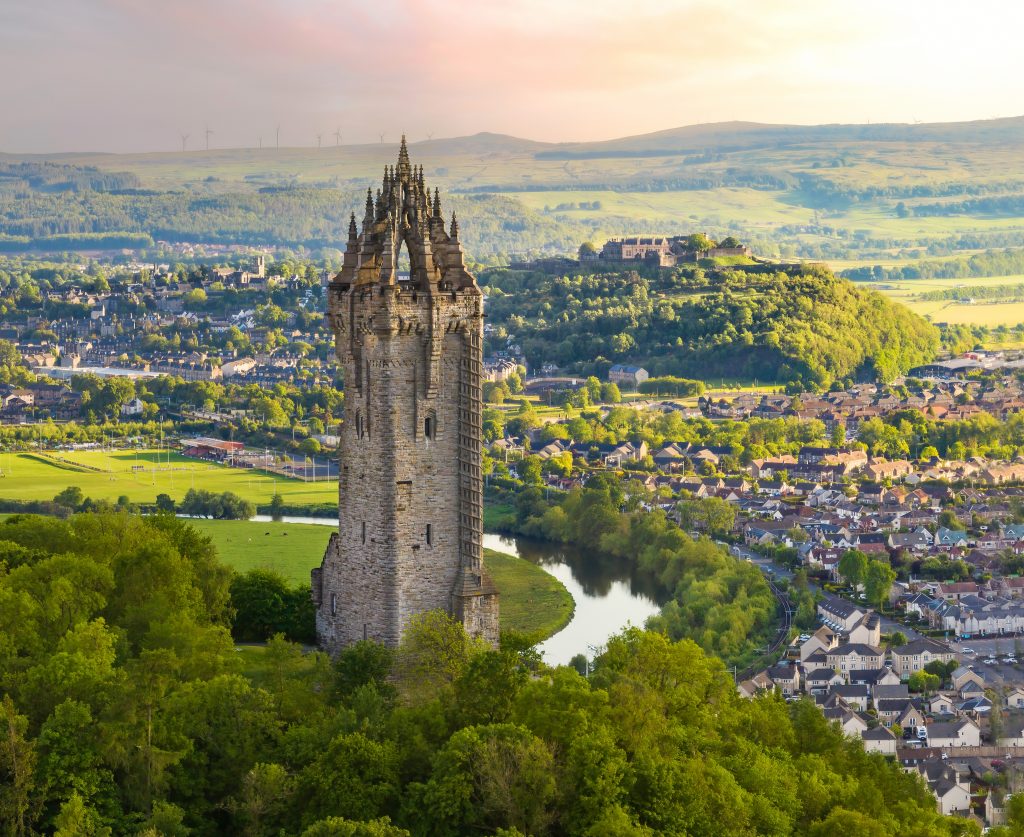
What to do in Stirling
The National Wallace Monument
Though he was caught by the English just a few years later and hung, drawn, and quartered, Wallace’s legacy is remembered in the gargantuan National Wallace Monument that dominates Stirling’s skyline.
This 220ft-high homage to Scotland’s most celebrated freedom fighter was erected in the 1860s when the Victorian fashion for hero worship was at its peak. Funded entirely by public donations – like an early crowd-funder – the design of the grand monument was the result of an architectural competition. The winning entry was by John Thomas Rochhead and entitled “nothing on earth survives but fame’, with the hilltop location of Abbey Craig in Stirling chosen, as it overlooks the site of Wallace’s famous victory.
Today visitors to the multi-storey monument can climb the spiral staircase to see lots of artefacts relating to Wallace, including the Wallace Sword, which has been stolen twice but is now safely back at the monument.
There is also a gallery dedicated to other Scottish heroes, while if you have enough puff to climb all the way to the crown top, you can enjoy spectacular views across Stirling and the surrounding countryside.
It’s interesting to note that the stone Stirling Old Bridge that marks the site of the battle dates from the late 15th century and replaced a succession of wooden bridges. One of these wooden bridges would have been present at the time of the battle and would have been so narrow that only two horsemen were able to cross at a time, giving the Scottish an advantage as they launched their attack before the English were able to make their formation.
Battle of Bannockburn and Robert the Bruce
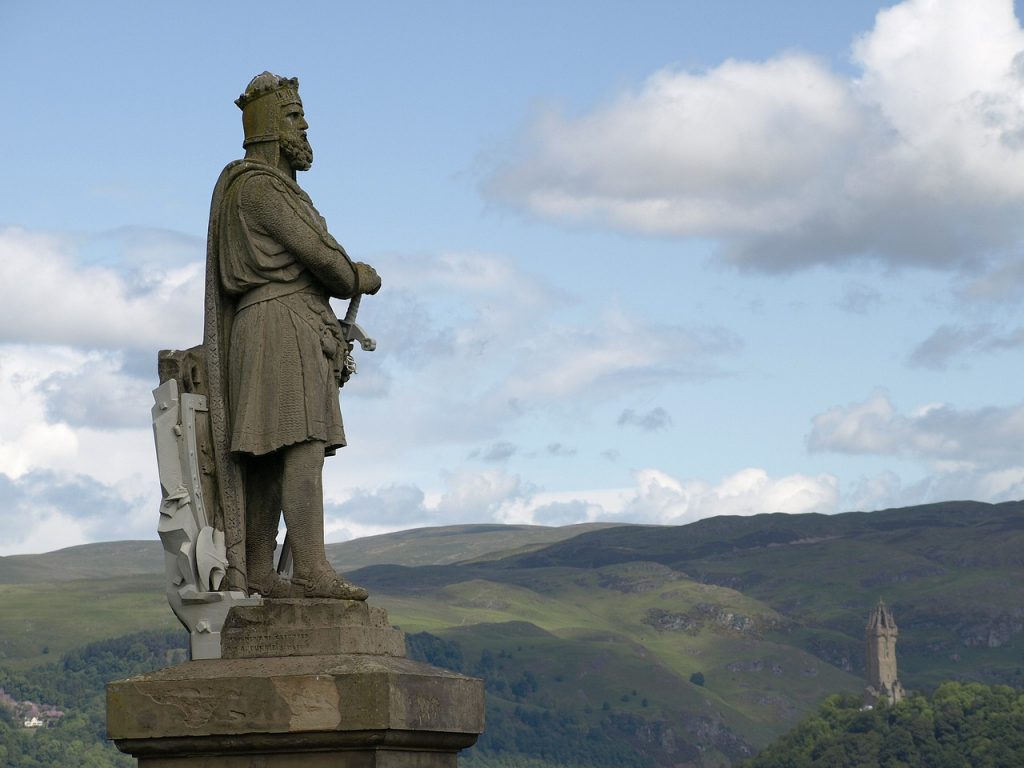
Another man whose place as a Scottish hero in the history books was assured after victory nearby is Robert the Bruce.
Following Wallace’s downfall, Bruce clawed his way to power, being declared king in 1306 (albeit in dubious circumstances). Though there was a brief spell in exile, by 1307 the king was back in Scotland and set about reclaiming the country for the Scots.
A key moment is securing independence for Scotland came at the Battle of Bannockburn, which took place just outside Stirling in 1314, in which Robert the Bruce executed a stunning defeat of King Edward II’s English army, winning back Stirling and propelling him to deliver the Declaration of Arbroath to the Pope a few years later.
Today, Robert the Bruce’s part in the city’s fortunes is remembered by a stone statue on the esplanade outside Stirling Castle, in which the king is dressed in chainmail with his hand on the pommel of his sword, looking towards the site of the Battle of Bannockburn, as though ready for battle.
While more modest than the Wallace memorial, it steals a coveted spot and perhaps he should be grateful there is a statue of him here at all, since Bruce had the castle’s defences destroyed after reclaiming it to prevent it from falling into enemy hands again.
Bruce fans can find out more about this pivotal battle at the nearby Battle of Bannockburn Experience – an immersive attraction on the old battlefield in which modern technology brings to life some of the sights and sounds of medieval warfare.
Stirling Castle
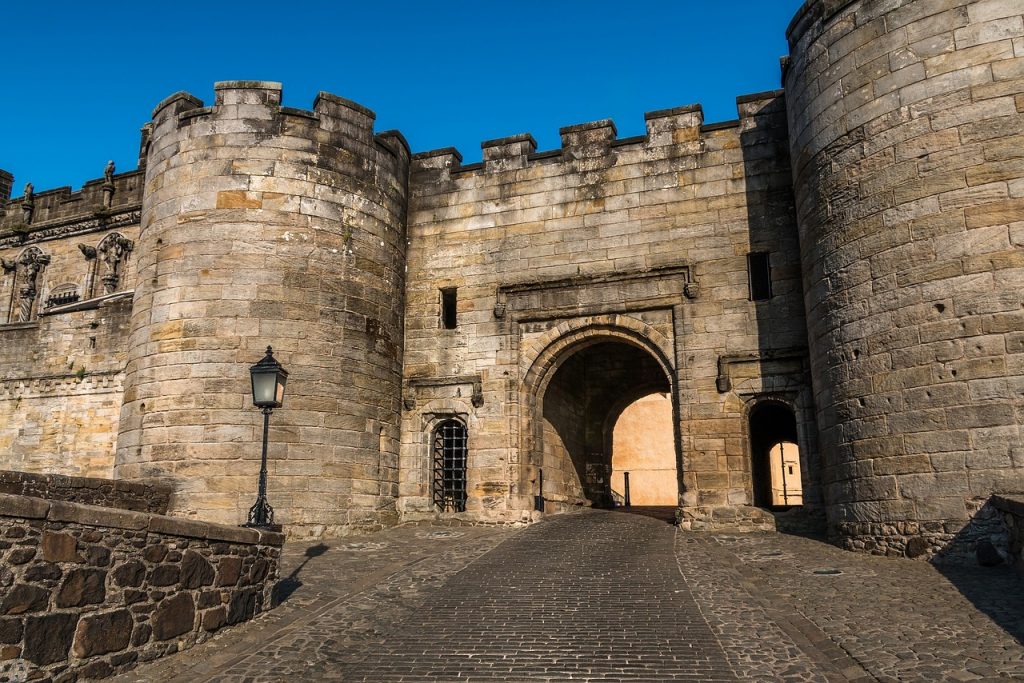
Though it functioned primarily as a defensive stronghold for the first couple of centuries, by the reign of King James IV, Stirling Castle had evolved into a resplendent royal palace.
Today, following a multi-million-pound restoration of the castle, the interiors of the royal palace look very much as they would have done in the 16th century, with huge tapestries on the walls, Scotland’s largest medieval banqueting hall, and the incredible Stirling Heads Gallery.
It was James IV who transformed the castle into a renaissance palace to impress his new queen, Margaret Tudor (sister of Henry VIII), but his son James V and his queen, Mary of Guise, also revelled in its luxuries. Their daughter, Mary, Queen of Scots spent her early years here, and it was here in 1566 that she held the most lavish of celebrations for the baptism of her son – the soon-to-be King James VI.
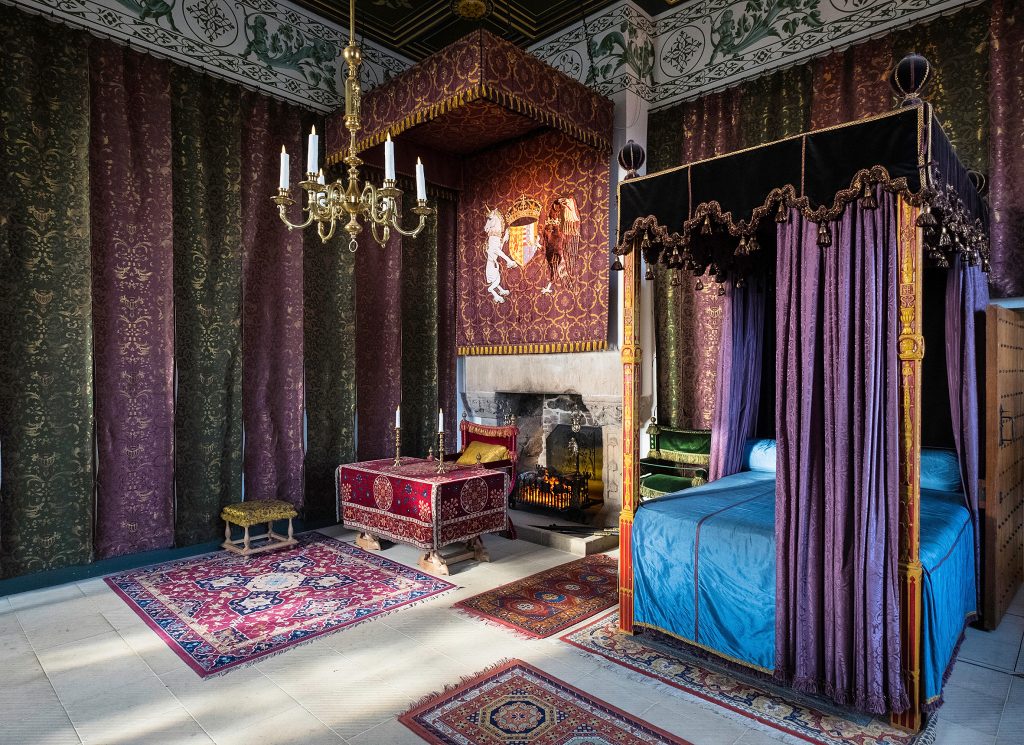
A walk around its walls surveying the city, much as Mary, Queen of Scots would have done, is recommended – on the section of battlements that overlook Douglas Garden, you can see a small spyhole that would have allowed the infant queen to survey her realm before she was tall enough to look over the top.
Located at the top of Stirling’s medieval Old Town, you shouldn’t rush off after your visit to the castle: a walk down the hill brings you to some of the city’s other big attractions.
Church of the Holy Rude
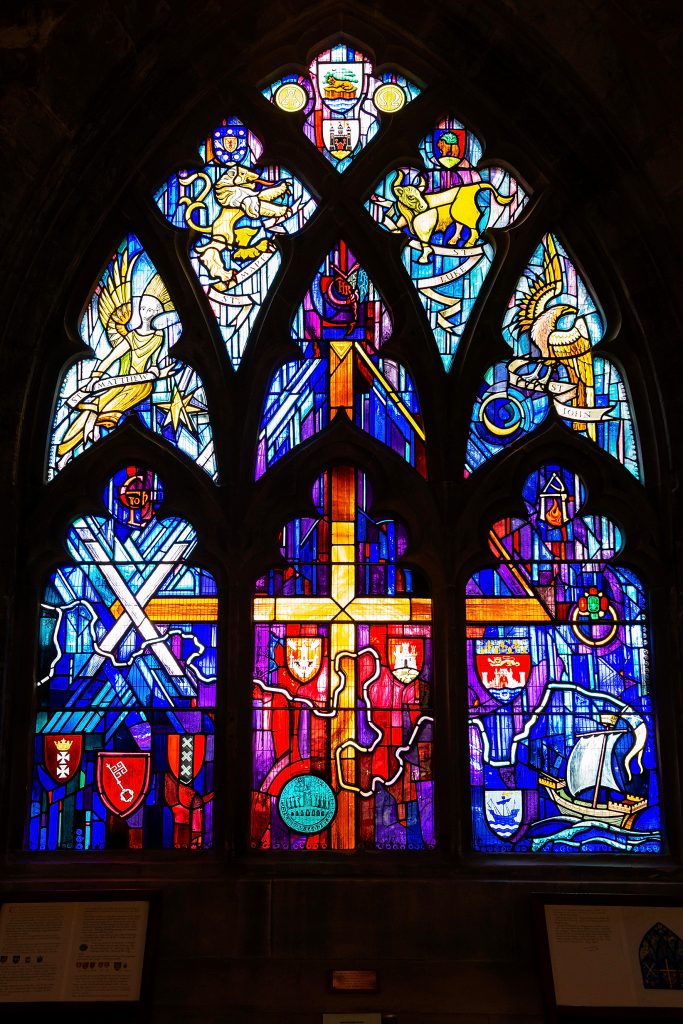
Where Castle Wynd meets Mar Place you’ll see the Church of the Holy Rude, which dates from the 15th century and
is the city’s second oldest building (after the castle).
Remarkably still a parish church, it looks more like a mini cathedral inside, with pointed arches, beautiful stone masonry and stained glass. It was here that Mary’s son, King James VI’s coronation was held in 1567, with the sermon delivered by John Knox, Mary’s nemesis, and the architect of her downfall.
Cowane’s Hospital
Slightly further down the cobbled hill from the church is Cowane’s Hospital, a 17th-century alms house and Scotland’s oldest charitable trust. It was opened in 1637 by John Cowane, the son of wealthy merchants. You can pop into the newly restored building to learn about Stirling’s early philanthropist, or have a coffee break safe in the knowledge that all proceeds go back into supporting those in need.
Stirling Old Town Jail
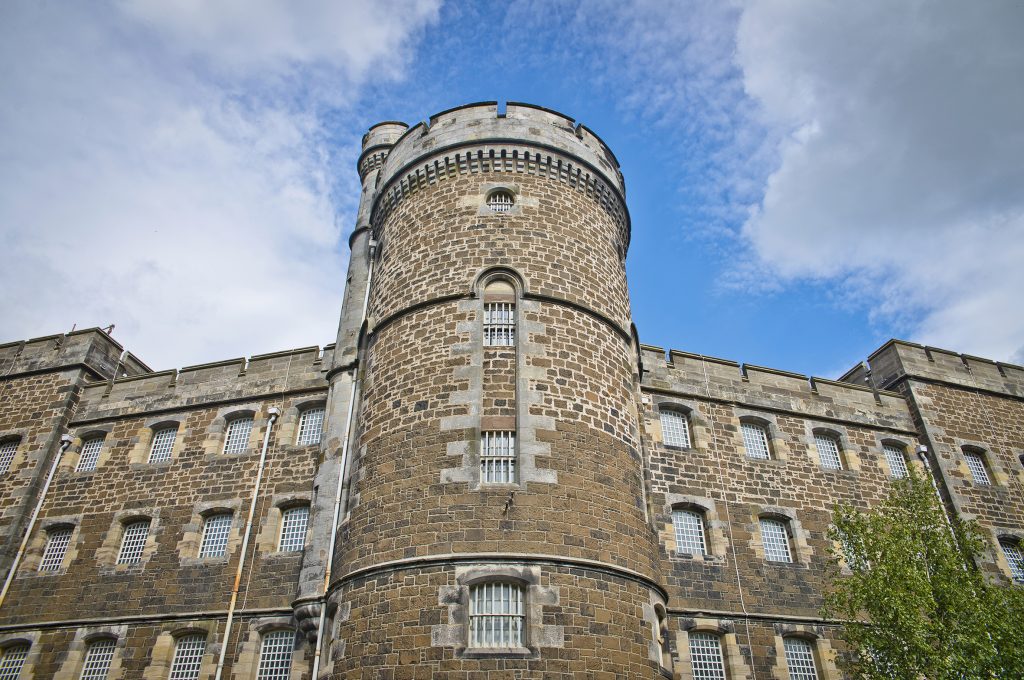
Next door to Cowane’s is Stirling Old Town Jail, built in 1847 to replace the city’s former Tolbooth, which was described as the “worst prison in Britain”.
Today, tours take you through the old prison buildings where you can see inmates’ scrawls on the walls, offering a look at crime and punishment in the city in the Victorian era.
The Stirling Smith Art Gallery and Museum
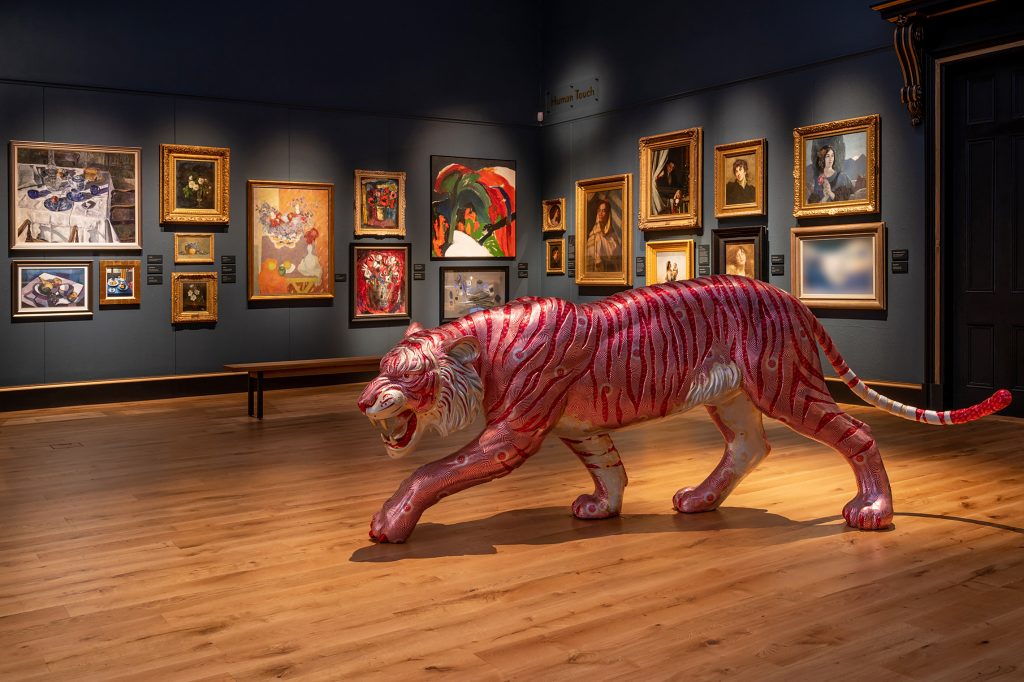
About a 10-minute walk from here will bring you to The Stirling Smith Art Gallery and Museum, where you can peer into the face of another Scottish hero: Bonnie Prince Charlie.
The romanticised prince holed himself up in the castle during the Jacobite rising of 1745, so it’s only right that the portrait of the prince by Cosmo Alexander should be found here among other fascinating displays and exhibits, including the world’s oldest curling stone and the world’s oldest football (made of pig’s bladder no less).
And so, 900 years after it was first made a burgh, it seems Stirling is still very much in demand, and while the tussle to control it may now live in the past, its history can be very much felt in the present.
This is an extract. Read the full article in the May/June 2024 issue. Available to buy from Friday 12 April here.
Read more from Scotland Magazine:

SCOTLAND MAGAZINE
Published six times a year, every issue of Scotland showcases its stunning landscapes and natural beauty, and delves deep into Scottish history. From mysterious clans and famous Scots (both past and present), to the hidden histories of the country’s greatest castles and houses, Scotland‘s pages brim with the soul and secrets of the country.
Scotland magazine captures the spirit of this wild and wonderful nation, explores its history and heritage and recommends great places to visit, so you feel at home here, wherever you are in the world.
